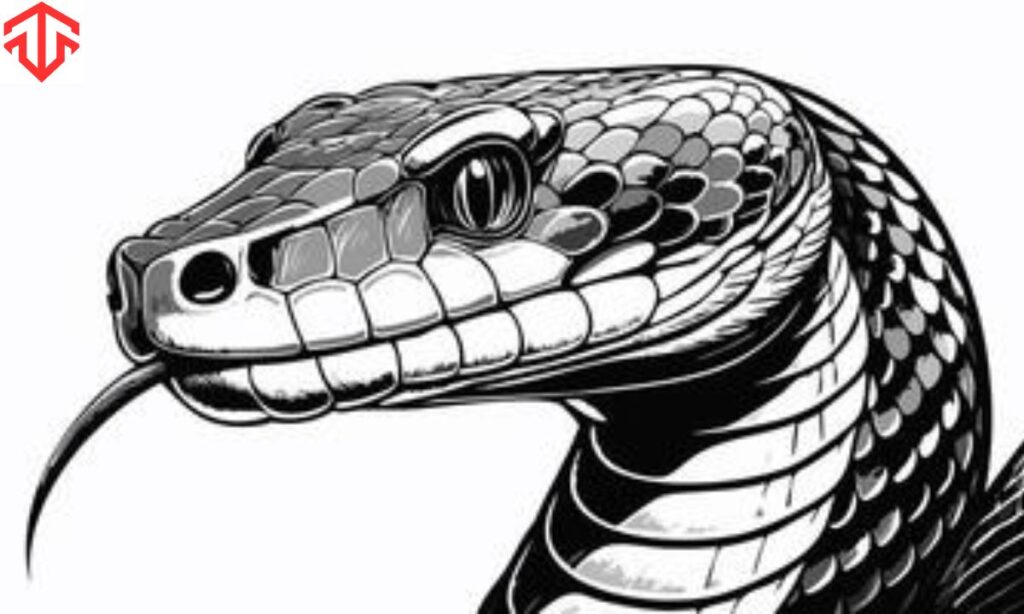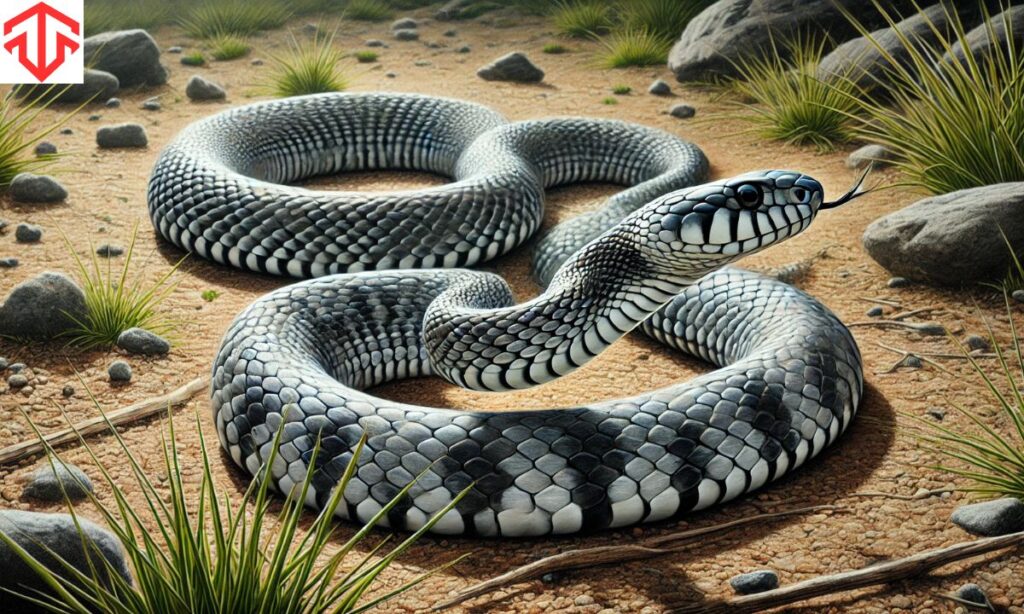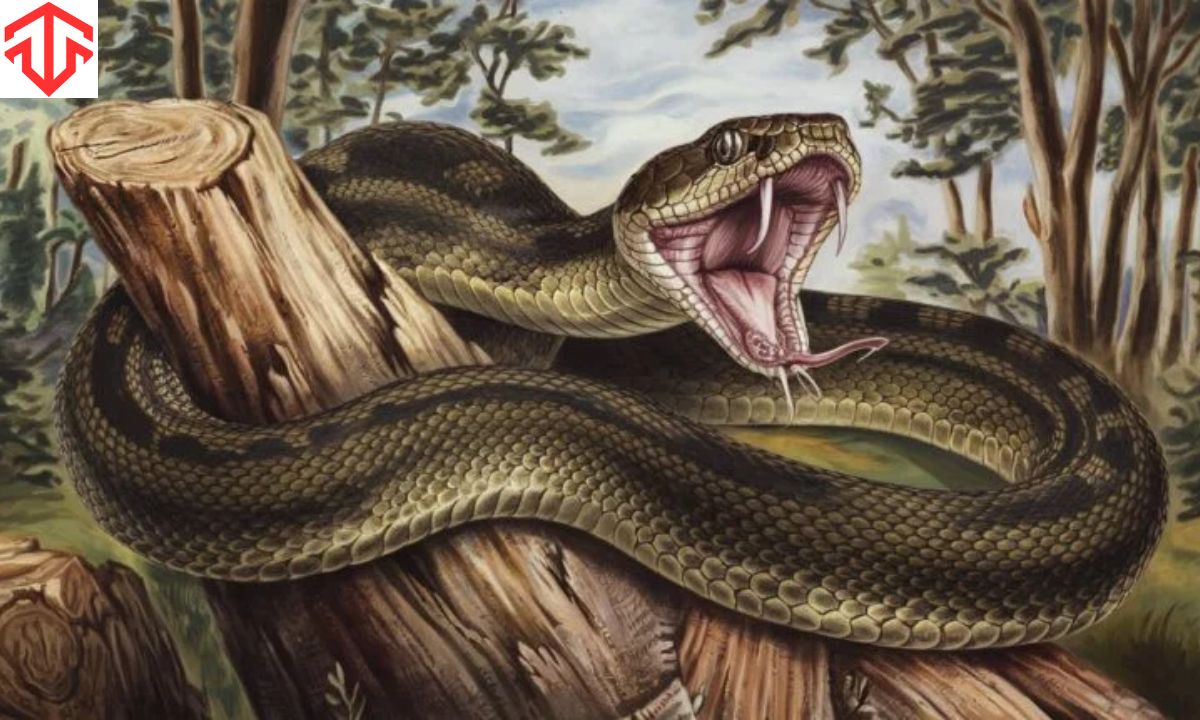Drawing:bxv6evbk8ta= Snake is an excellent resource for aspiring artists. This guide breaks down the process of drawing snakes into manageable steps, focusing on key elements like the head, body shape, and textures. Beginners will learn to create fluid curves and add realistic details, making their drawings come to life.
With practical tips and techniques, the guide encourages practice and experimentation. By following these steps, anyone can enhance their drawing skills and develop confidence in their artistic abilities. Grab your pencil and start creating!
How to Start Drawing:bxv6evbk8ta= Snake?
To begin your journey in drawing:bxv6evbk8ta= snake, you need to gather your materials. Grab a pencil, some paper, and an eraser. These basic tools will allow you to sketch easily. You don’t need much to start, just your creativity and willingness to learn.
Next, decide on the type of snake you want to draw. There are many options, like a garden snake or a cobra. For beginners, a simple design is best. This approach helps you focus on basic shapes without getting overwhelmed by details.
Start your drawing by sketching a light outline of the snake’s body. Use a curved line to represent the snake’s form. This line will act as a guide for the rest of your drawing. Once you have the basic shape, you can refine it and add details later.
Drawing the Head of the Snake

The head is a crucial part of your snake. It gives your drawing character and personality. Start by shaping the head as either an oval or a triangle. The size depends on the type of snake. For instance, a cobra will have a larger head compared to a garden snake.
After forming the head, it’s time to add the eyes. Snake eyes can be small circles or ovals. The shape you choose can change the expression of your snake. Adding small lines above the eyes can create an impression of eyebrows. This detail makes your snake look more expressive.
Next, draw the mouth. Snakes have wide, almost straight mouths. Use a curved line for this. You can add small fangs to give your snake a more dangerous look. Alternatively, keep it simple for a friendlier appearance. This choice is up to your creative vision.
Read This Blog: Symbol:z3mjablhs0w= Family – Unraveling the Mystery Behind Modern Family Connections
Shaping the Snake’s Body
With the head complete, focus on the snake’s body. Snakes have long, slithery forms that curve in various directions. The key is to follow natural curves. This helps your snake look smooth and fluid.
Start with a thick line near the head. Gradually make the body thinner as it approaches the tail. This technique gives your snake a realistic look. To make the curves appear natural, use gentle S-shapes. This approach mimics how a snake moves in real life.
Another important aspect is adding scales. While you don’t need to draw every scale, a few lines can enhance your drawing. Experiment with different patterns. For example, you might use simple diamond shapes for a rattlesnake. Intricate designs can be used for a python.
Adding Final Touches to Your Drawing:bxv6evbk8ta= Snake

Now that the basic outline is complete, it’s time for final touches. Adding patterns or shading can make your snake stand out. Draw stripes, spots, or zigzag patterns along the body. These details bring your snake to life visually.
Consider adding shading for a more realistic effect. Shading creates a three-dimensional appearance. You can shade the underside of the snake to add depth. Shadows around the curves can suggest movement and make your drawing more dynamic.
Don’t forget about the background! Placing your snake in an environment enhances its story. You might draw it in a jungle, on a rock, or in a desert. A background can provide context and make your snake feel more at home.
Read This Blog: Lakers vs Denver Nuggets Match Player Stats – Key Performances and Game Highlights
Common Mistakes to Avoid When Drawing:bxv6evbk8ta= Snake
Even though drawing a snake is relatively easy, beginners often make mistakes. Here are some common pitfalls and how to avoid them:
- Stiff Body: Snakes are flexible. Their bodies should appear fluid and curved. Avoid drawing straight lines; instead, use gentle curves to mimic movement.
- Overcomplicating Details: It’s tempting to add too many scales at once. Start with simple details and gradually increase complexity as you improve. Focus on clarity first.
- Proportions: Ensure the snake’s head and body are balanced. The head should be smaller compared to the long body. This balance is crucial for a realistic look.
- Ignoring the Environment: A snake looks better in context. Don’t forget to add a background that complements your drawing. This adds depth to your art.
- Not Practicing: Practice is essential. The more you draw, the better you’ll get. Don’t be discouraged by mistakes; they are part of the learning process.
Frequently Asked Questions
What materials do I need for drawing a snake?
You need a pencil, paper, and an eraser. These basics are enough to get started.
How can I make my snake look more realistic?
Add shading and patterns. Use gentle curves to represent movement.
Is it okay to erase while drawing?
Yes, erasing is part of the process. Don’t hesitate to make changes.
Can I draw a snake in different styles?
Absolutely! You can create realistic or cartoonish versions based on your preference.
What if I can’t get the proportions right?
Practice makes perfect. Keep trying until you find the right balance for your snake.
Conclusion
Drawing:bxv6evbk8ta= Snake offers a fantastic opportunity for beginners to enhance their artistic skills. This guide has emphasized essential techniques, such as creating fluid curves, accurately shaping the head and body, and adding realistic textures. By focusing on these elements, you can produce captivating snake drawings that showcase your creativity.
Remember, the journey of improvement involves practice and patience. Don’t let initial mistakes discourage you; they are part of growing as an artist. Embrace each drawing as a chance to learn and experiment. With time and dedication, you’ll gain confidence and refine your style, transforming simple sketches into impressive works of art. Happy drawing!

Fatima is an experienced content writer and digital marketer, skilled in creating SEO-friendly content that resonates with audiences. She helps brands enhance their online presence through targeted campaigns, with expertise in blog writing, social media management, email marketing, and SEO optimization.





